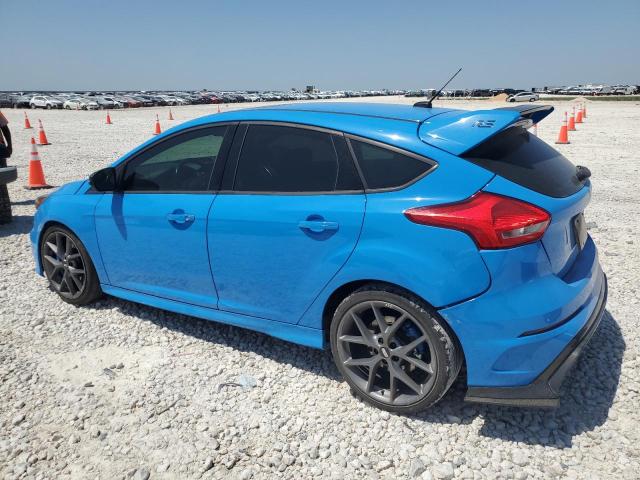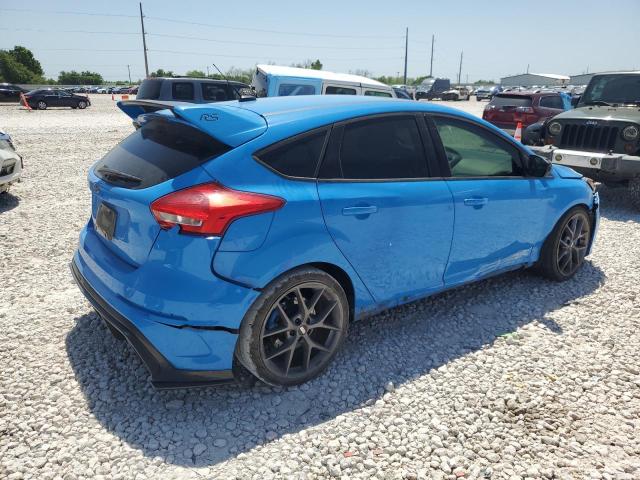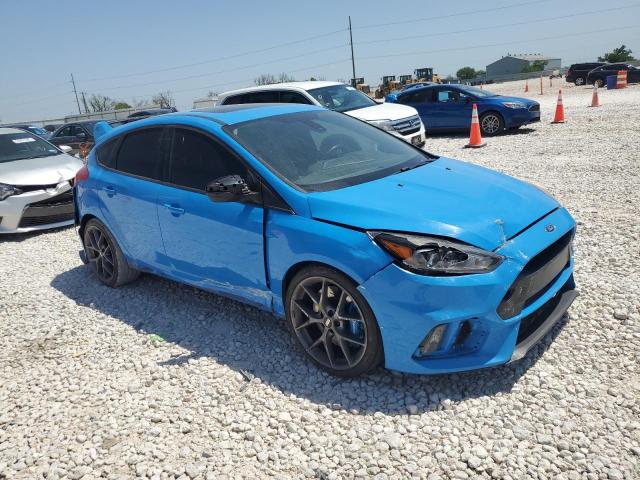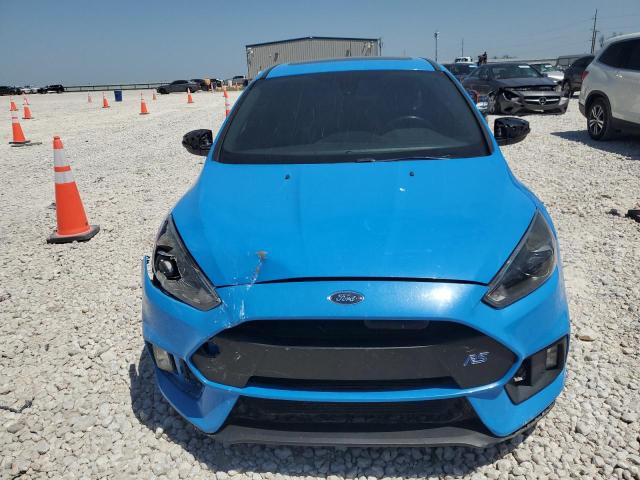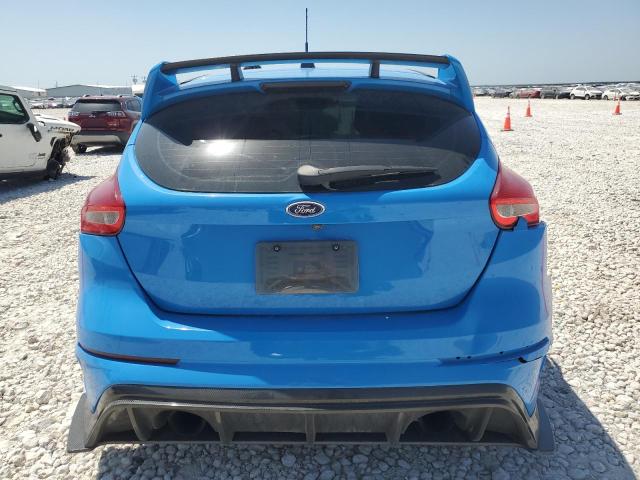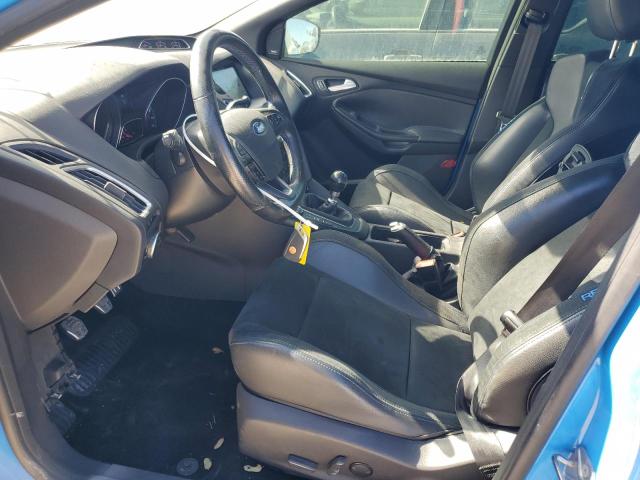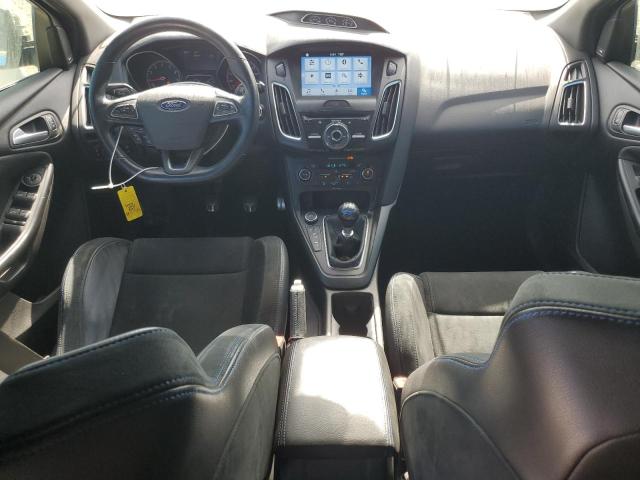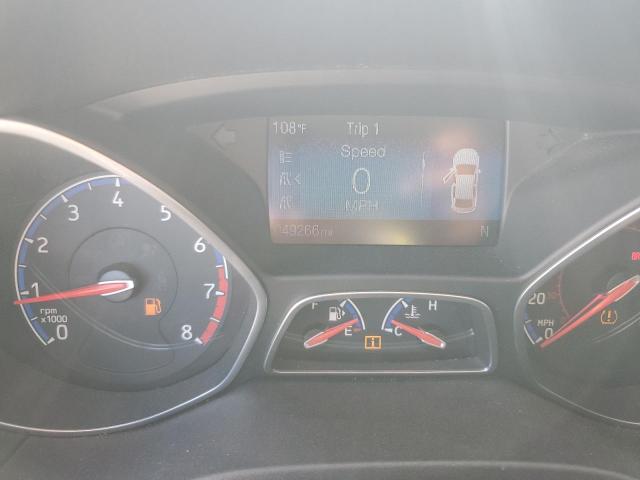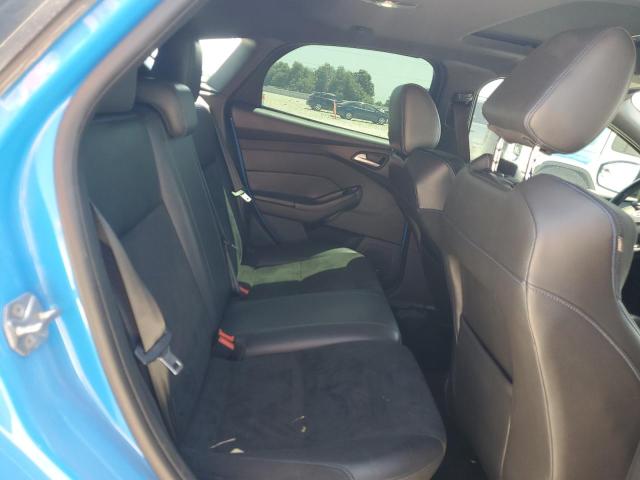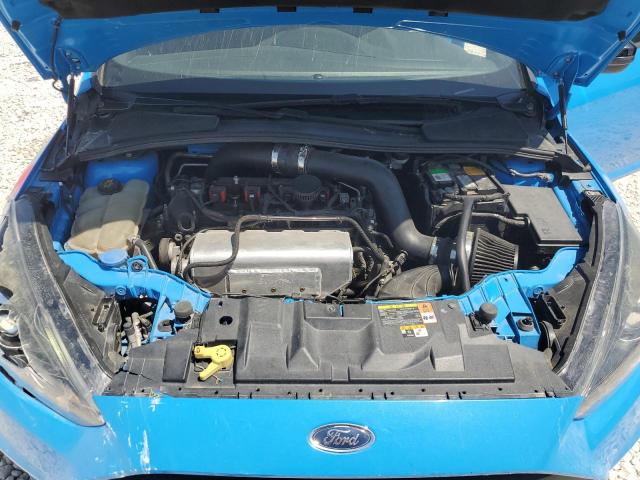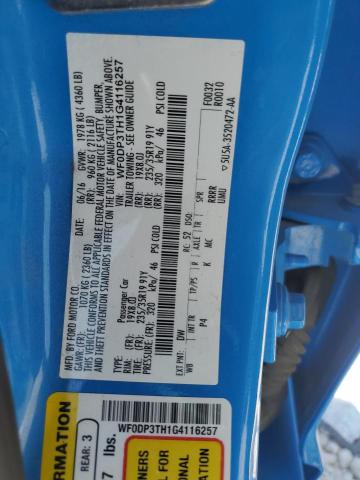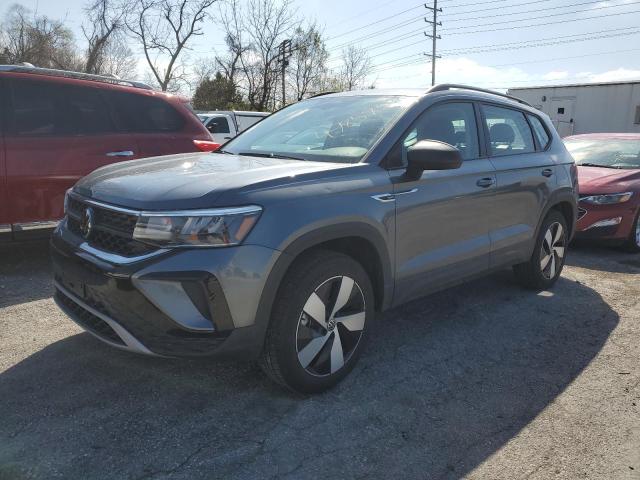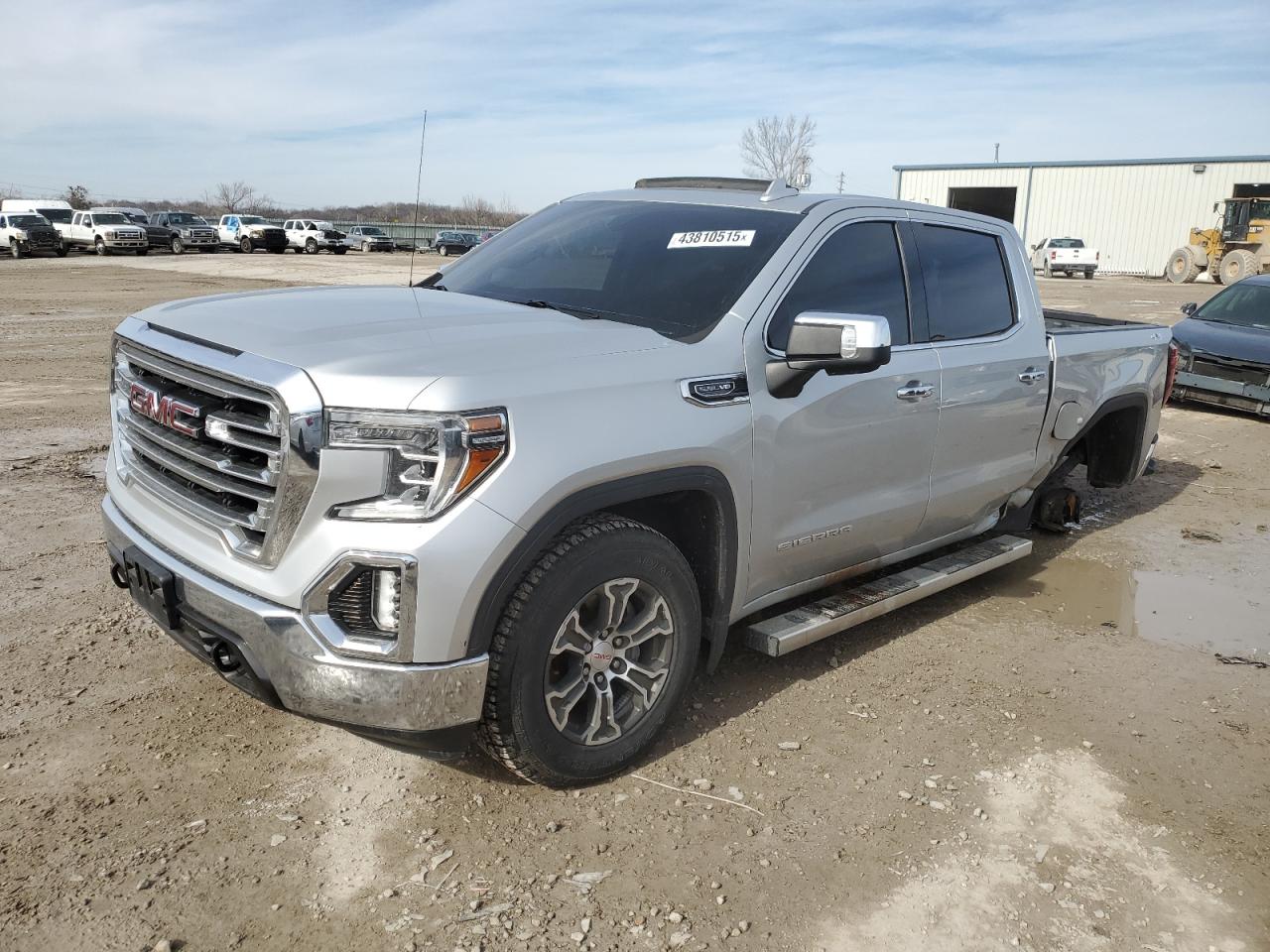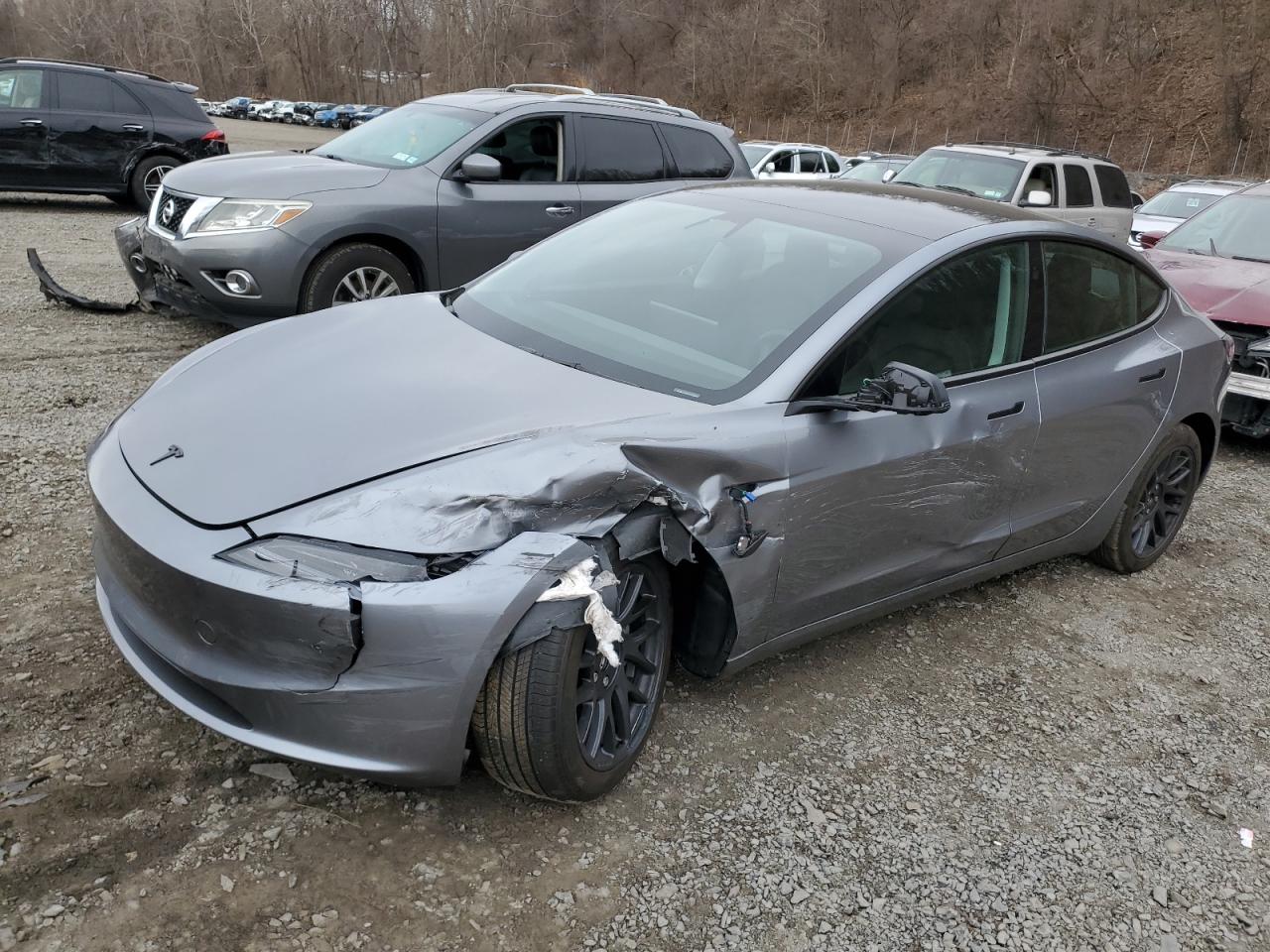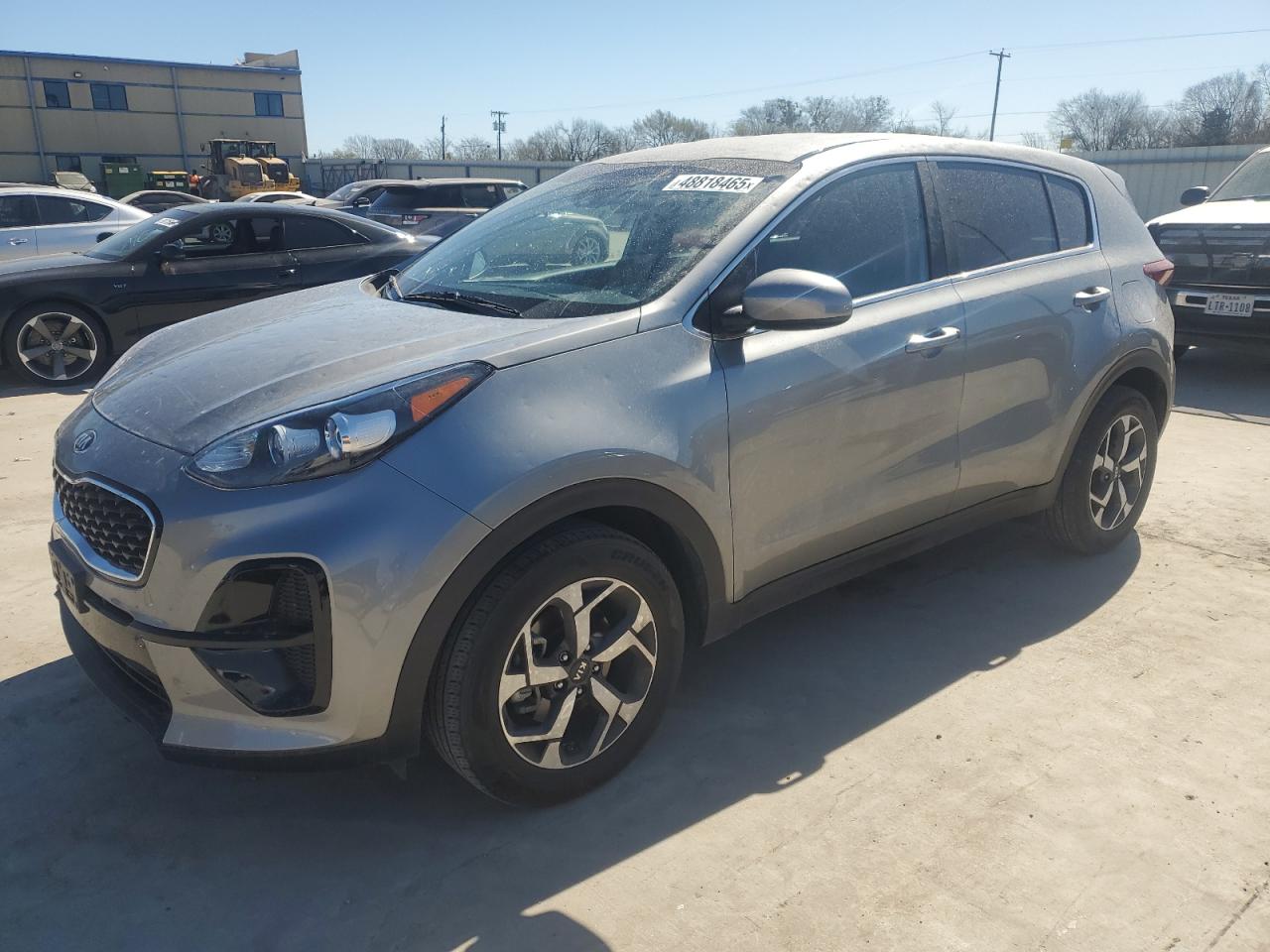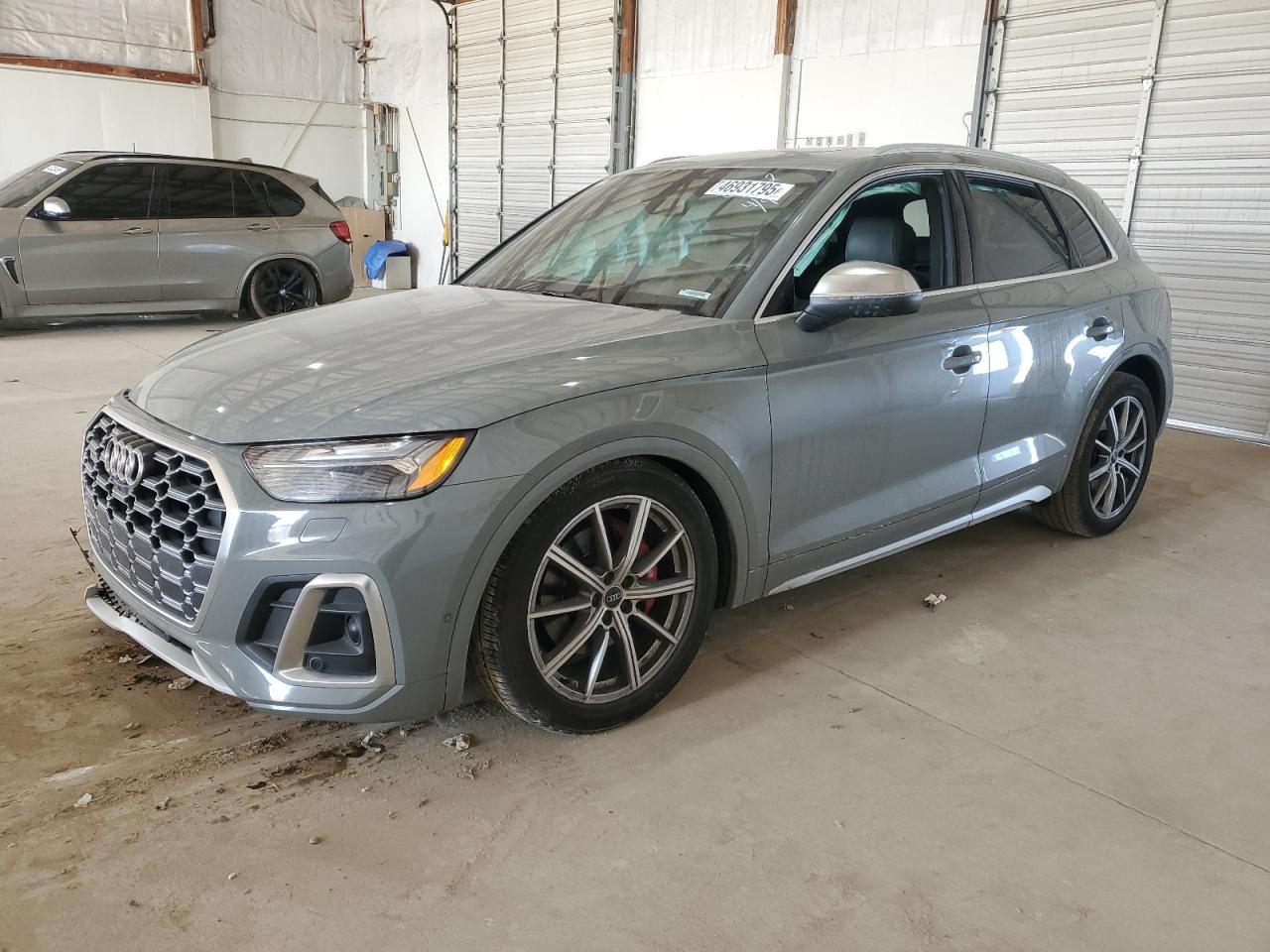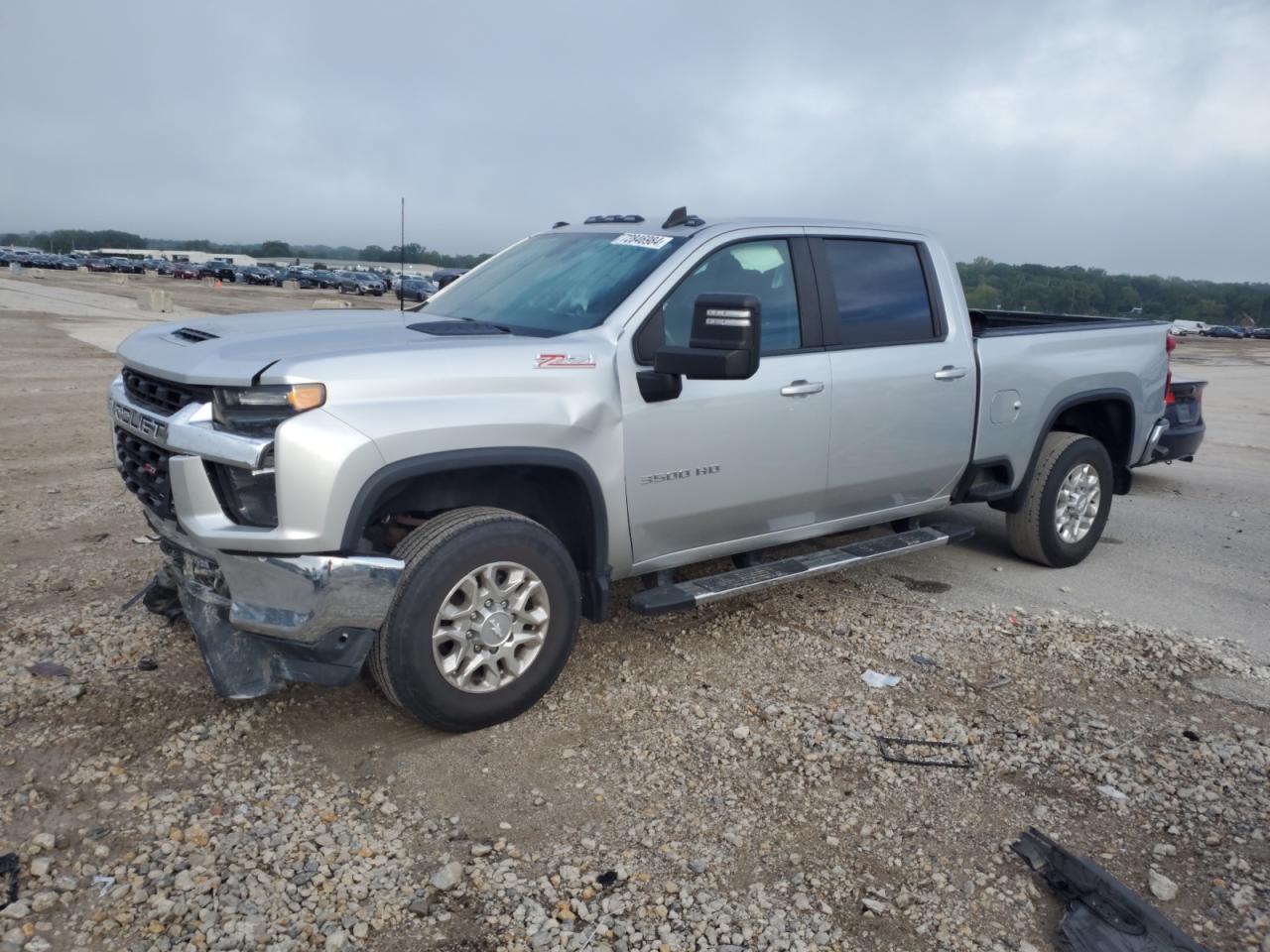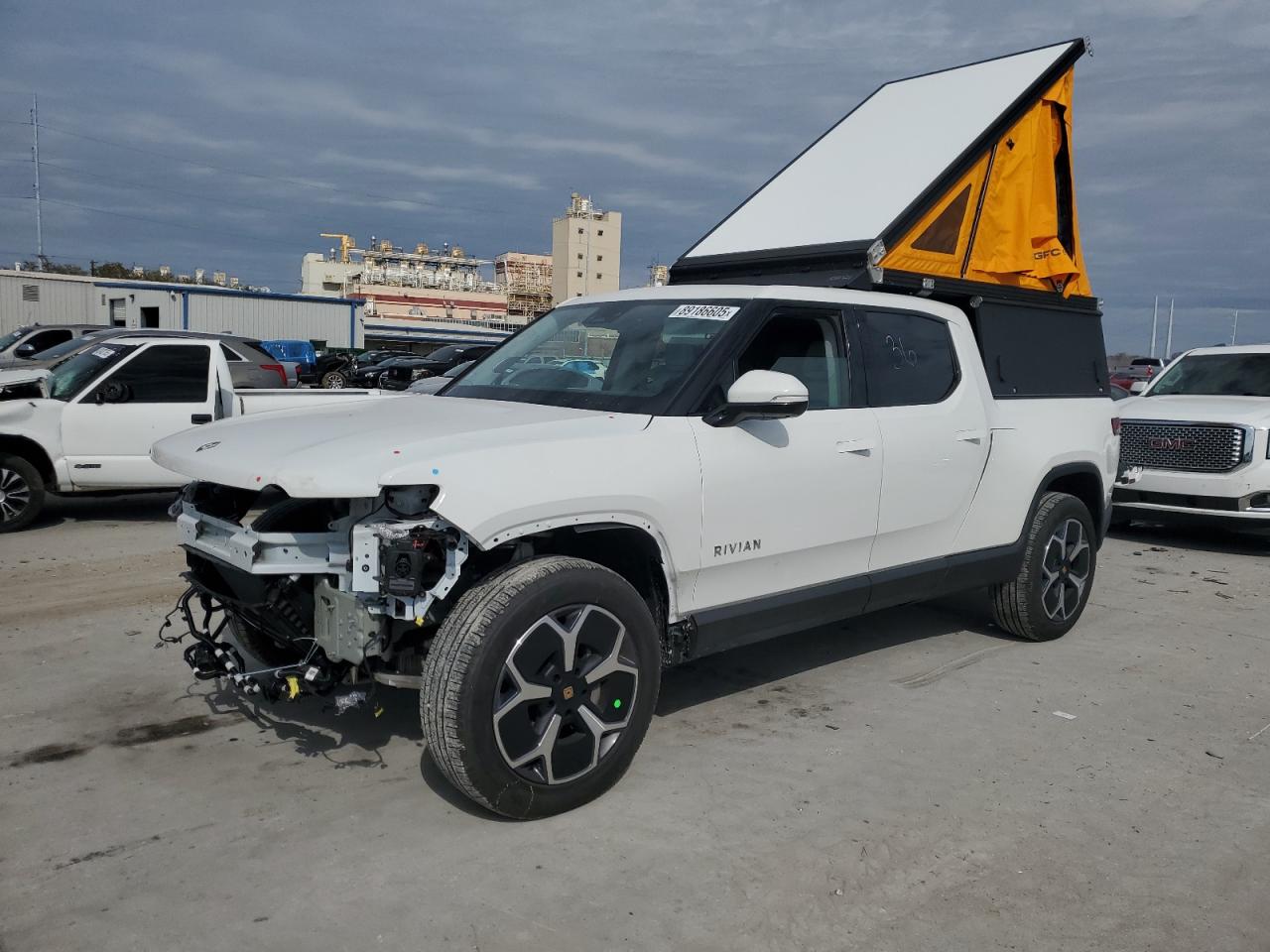2016 FORD FOCUS | WF0DP3TH1G4116257
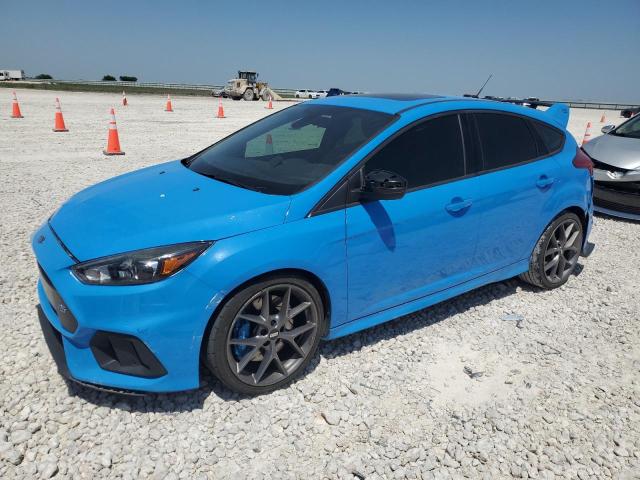 ❯
❯Lot Details
Final Bid Ford Focus (2016)
$11,500
$11,500
$11,500
Vehicle specifications
7
~$45,000
Engine: 2.3L turbocharged inline-4
Torque: 470 Nm
0–100 km/h: ~4.7 s
The Focus RS elevated the compact hot hatch to supercar-challenging status. With a 2.3-liter EcoBoost engine producing 350 hp and 470 Nm of torque on overboost, it delivered explosive acceleration and a 0–100 km/h time under 5 seconds. A bespoke all-wheel-drive system with Dynamic Torque Vectoring allowed aggressive cornering, power oversteer, and rally-style driving rarely seen in a production hatchback. Launch control and a unique Drift Mode gave it an edge of lunacy that few rivals dared to match.
The Focus ST, available with a 2.0L EcoBoost and 250 hp, offered a more balanced performance package. Its front-wheel-drive chassis was enhanced with torque vectoring and a quick-ratio steering rack, making it nimble and engaging. The suspension tuning in both the ST and RS emphasized sharp turn-in and minimal body roll, with the RS taking things further by offering adaptive dampers and Recaro shell seats for added feedback.
Whether as a punchy commuter in standard trim or a tarmac-ripping AWD missile in RS form, the Focus Mk3 platform delivered involvement, precision, and fun. The RS, in particular, brought WRC-derived technology to the road, challenging not only the Volkswagen Golf R and Subaru WRX STI, but even premium sedans in terms of sheer grip and point-to-point pace.
Body Styles
The Focus was offered globally as a five-door hatchback, four-door sedan, and five-door estate (wagon). The hatchback was the most performance-oriented body, especially in ST and RS form, with its compact overhangs, aggressive stance, and wide haunches. The sedan offered a more conservative, practical layout with a traditional trunk, aimed at fleet and family buyers. The wagon, mostly sold in Europe, combined the platform’s sharp dynamics with added utility and roofline continuity.
The RS was only available as a five-door hatchback, distinguishable by its widened track, integrated roof spoiler, large front intakes, functional rear diffuser, and twin exhaust pipes. It sat lower than standard versions and included flared arches, forged wheels, and unique color options like Nitrous Blue. The ST had a similar silhouette with subtler aero, central twin exhausts, and optional body kits.
Model Name Meaning (Manufacturer)
“Focus” was chosen to represent Ford’s global compact car strategy at the turn of the millennium. It reflects precision, intent, and clarity—fitting for a car engineered for global relevance, technical innovation, and sharp driving dynamics. The “ST” suffix stands for Sport Technologies, indicating enhanced performance models, while “RS” stands for Rallye Sport, a legacy badge reserved for homologation-level or extreme variants.
Model Name Meaning (Languages)
“Focus” is a common word in many languages, understood globally as a symbol of concentration or clarity, which adds to the model’s universal appeal. Its simplicity and directness allow easy pronunciation and recognition. “RS” carries performance weight across automotive cultures, especially in Europe, while “ST” has become associated with sporty yet usable daily drivers. Together, the nomenclature hierarchy subtly reinforces Ford's sporty brand messaging without needing translation.
Body & Interior Colors and Rims
The Focus Mk3 was available in a wide range of colors, from everyday tones like Frozen White, Magnetic Grey, and Shadow Black to more expressive options like Race Red, Tangerine Scream (ST-exclusive), and Stealth Grey. The RS stood out with signature finishes like Nitrous Blue, Frozen White, and Race Red, often paired with black trim, roof spoilers, and optional matte black forged wheels. European wagons could be optioned with elegant metallics like Deep Impact Blue or Moondust Silver.
Interiors ranged from functional dark cloth in base models to premium leather-trimmed cabins in Titanium and ST trims. ST versions included Recaro sport seats in partial leather, metal pedals, ST badging, and contrast stitching. The RS went further with high-bolstered Recaro shells, a flat-bottomed steering wheel, blue interior accents, and optional RS-embroidered leather. Most models featured SYNC infotainment systems, with RS models gaining performance gauges, drive mode selectors, and unique startup graphics.
Wheel options ranged from 16-inch multi-spoke alloys on standard models to 18-inch ST-specific designs with machined faces or dark finishes. The RS featured 19-inch forged alloys in silver or matte black, designed to clear its massive Brembo brakes. The aggressive spoke designs and lightweight construction reflected the performance credentials of the platform.
Top Expensive Options
- RS2 Package (Recaro seats, navigation, heated steering): $2,785
- Ford Performance forged wheels (RS): $1,995
- Recaro Shell Front Seats (RS): $1,595
- Sunroof with Power Shade (ST/RS): $895
- SYNC 3 with Premium Navigation and Sony Audio: $795
- Brembo Performance Brake Package (RS): $1,795
- ST Appearance Pack (body kit, HID headlamps): $995
- Active Park Assist and Reverse Camera: $450
- Winter Package (heated seats, mirrors, wipers): $385
- Nitrous Blue Quad-Coat Paint (RS): $995
vs Competitors
The Focus ST positioned itself as a well-balanced alternative to the Volkswagen Golf GTI and Renault Mégane GT, offering more character and torque than the GTI, and better comfort than the Renault. Its steering and chassis were benchmarks in the class, even if interior quality lagged slightly. The Focus RS punched above its weight, going head-to-head with AWD hatches like the Golf R, Audi S3, and even Subaru WRX STI. It offered more aggressive handling, rally-style behavior, and unique features like Drift Mode that none of its rivals matched at the time. What it lacked in refinement, it made up for in driver engagement, making it a cult classic in the hot hatch pantheon.
Fun Fact
The Focus RS (MK3) was the first RS model to feature all-wheel drive—and it wasn’t just any AWD system. Ford developed a bespoke twin-clutch rear-drive unit capable of sending 70% of power rearward and up to 100% of that to either wheel. It allowed controlled power slides in Drift Mode and torque-on-demand cornering precision, making the Focus RS one of the most technically sophisticated hot hatches ever built—and the last to be offered with a manual gearbox before electrification took hold.
Vehicle specifications
7
~$45,000
Torque:
0–100 km/h:
The Focus RS elevated the compact hot hatch to supercar-challenging status. With a 2.3-liter EcoBoost engine producing 350 hp and 470 Nm of torque on overboost, it delivered explosive acceleration and a 0–100 km/h time under 5 seconds. A bespoke all-wheel-drive system with Dynamic Torque Vectoring allowed aggressive cornering, power oversteer, and rally-style driving rarely seen in a production hatchback. Launch control and a unique Drift Mode gave it an edge of lunacy that few rivals dared to match.
The Focus ST, available with a 2.0L EcoBoost and 250 hp, offered a more balanced performance package. Its front-wheel-drive chassis was enhanced with torque vectoring and a quick-ratio steering rack, making it nimble and engaging. The suspension tuning in both the ST and RS emphasized sharp turn-in and minimal body roll, with the RS taking things further by offering adaptive dampers and Recaro shell seats for added feedback.
Whether as a punchy commuter in standard trim or a tarmac-ripping AWD missile in RS form, the Focus Mk3 platform delivered involvement, precision, and fun. The RS, in particular, brought WRC-derived technology to the road, challenging not only the Volkswagen Golf R and Subaru WRX STI, but even premium sedans in terms of sheer grip and point-to-point pace.
Body Styles
The Focus was offered globally as a five-door hatchback, four-door sedan, and five-door estate (wagon). The hatchback was the most performance-oriented body, especially in ST and RS form, with its compact overhangs, aggressive stance, and wide haunches. The sedan offered a more conservative, practical layout with a traditional trunk, aimed at fleet and family buyers. The wagon, mostly sold in Europe, combined the platform’s sharp dynamics with added utility and roofline continuity.
The RS was only available as a five-door hatchback, distinguishable by its widened track, integrated roof spoiler, large front intakes, functional rear diffuser, and twin exhaust pipes. It sat lower than standard versions and included flared arches, forged wheels, and unique color options like Nitrous Blue. The ST had a similar silhouette with subtler aero, central twin exhausts, and optional body kits.
Model Name Meaning (Manufacturer)
“Focus” was chosen to represent Ford’s global compact car strategy at the turn of the millennium. It reflects precision, intent, and clarity—fitting for a car engineered for global relevance, technical innovation, and sharp driving dynamics. The “ST” suffix stands for Sport Technologies, indicating enhanced performance models, while “RS” stands for Rallye Sport, a legacy badge reserved for homologation-level or extreme variants.
Model Name Meaning (Languages)
“Focus” is a common word in many languages, understood globally as a symbol of concentration or clarity, which adds to the model’s universal appeal. Its simplicity and directness allow easy pronunciation and recognition. “RS” carries performance weight across automotive cultures, especially in Europe, while “ST” has become associated with sporty yet usable daily drivers. Together, the nomenclature hierarchy subtly reinforces Ford's sporty brand messaging without needing translation.
Body & Interior Colors and Rims
The Focus Mk3 was available in a wide range of colors, from everyday tones like Frozen White, Magnetic Grey, and Shadow Black to more expressive options like Race Red, Tangerine Scream (ST-exclusive), and Stealth Grey. The RS stood out with signature finishes like Nitrous Blue, Frozen White, and Race Red, often paired with black trim, roof spoilers, and optional matte black forged wheels. European wagons could be optioned with elegant metallics like Deep Impact Blue or Moondust Silver.
Interiors ranged from functional dark cloth in base models to premium leather-trimmed cabins in Titanium and ST trims. ST versions included Recaro sport seats in partial leather, metal pedals, ST badging, and contrast stitching. The RS went further with high-bolstered Recaro shells, a flat-bottomed steering wheel, blue interior accents, and optional RS-embroidered leather. Most models featured SYNC infotainment systems, with RS models gaining performance gauges, drive mode selectors, and unique startup graphics.
Wheel options ranged from 16-inch multi-spoke alloys on standard models to 18-inch ST-specific designs with machined faces or dark finishes. The RS featured 19-inch forged alloys in silver or matte black, designed to clear its massive Brembo brakes. The aggressive spoke designs and lightweight construction reflected the performance credentials of the platform.
Top Expensive Options
- RS2 Package (Recaro seats, navigation, heated steering): $2,785
- Ford Performance forged wheels (RS): $1,995
- Recaro Shell Front Seats (RS): $1,595
- Sunroof with Power Shade (ST/RS): $895
- SYNC 3 with Premium Navigation and Sony Audio: $795
- Brembo Performance Brake Package (RS): $1,795
- ST Appearance Pack (body kit, HID headlamps): $995
- Active Park Assist and Reverse Camera: $450
- Winter Package (heated seats, mirrors, wipers): $385
- Nitrous Blue Quad-Coat Paint (RS): $995
vs Competitors
The Focus ST positioned itself as a well-balanced alternative to the Volkswagen Golf GTI and Renault Mégane GT, offering more character and torque than the GTI, and better comfort than the Renault. Its steering and chassis were benchmarks in the class, even if interior quality lagged slightly. The Focus RS punched above its weight, going head-to-head with AWD hatches like the Golf R, Audi S3, and even Subaru WRX STI. It offered more aggressive handling, rally-style behavior, and unique features like Drift Mode that none of its rivals matched at the time. What it lacked in refinement, it made up for in driver engagement, making it a cult classic in the hot hatch pantheon.
Fun Fact
The Focus RS (MK3) was the first RS model to feature all-wheel drive—and it wasn’t just any AWD system. Ford developed a bespoke twin-clutch rear-drive unit capable of sending 70% of power rearward and up to 100% of that to either wheel. It allowed controlled power slides in Drift Mode and torque-on-demand cornering precision, making the Focus RS one of the most technically sophisticated hot hatches ever built—and the last to be offered with a manual gearbox before electrification took hold.


